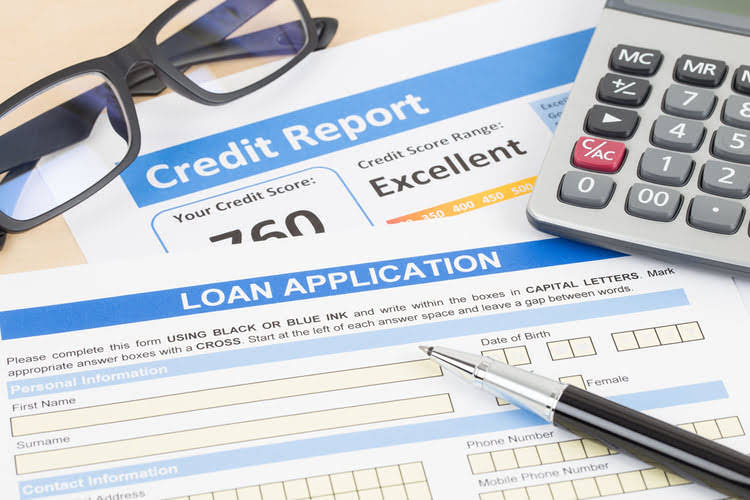
Depending on the asset and materiality, the credit side of the amortization entry may go directly to to the intangible asset account. On the other hand, depreciation entries always post to accumulated depreciation, a contra account that reduces the carrying value of capital assets. Almost all intangible assets are amortized over their useful life using the straight-line method. This means the same amount of amortization expense is recognized each year.
Allowance for doubtful accounts
This is done for a few reasons, but the two most important reasons are that the company can claim higher depreciation deductions on their taxes, and it stretches the difference between revenue and liabilities. When the company pays the cost of having the flyer printed, a journal entry is done. The purpose of the Owner’s Withdrawal account is to track the amounts taken out of the business without impacting the balance of the original equity account. The Allowance for Doubtful Accounts is used to track the estimated bad debts a company my incur without impacting the balance in its related account, Accounts Receivable.
Accumulated Depreciation vs. Depreciation Expense
As mentioned, contra asset accounts are usually listed below their matching asset accounts, and the net values of those assets are written next to the contra accounts. Note that in accounting, the term “book value” is also used interchangeably with net value. Therefore, the book value of an asset in the books is equal to its historical cost (the debit balance of the asset) minus the related amount of contra asset in the balance sheet (the credit balance of the contra asset).
Overview: What is a contra asset account?
Accounts receivable is rarely reported on the balance sheet at its net amount. Instead, it is reported at its full amount with an allowance for bad debts listed below it. Maybe more importantly, it shows investors and creditors what percentage of receivables the company is writing off.
- The simplest way to calculate this expense is to use the straight-line method.
- Though the notes may contain the payment history, a company only needs to record its currently level of debt as opposed to the historical value less a contra asset.
- Instead, it’s recorded in a contra asset account as a credit, reducing the value of fixed assets.
- Tracking the depreciation expense of an asset is important for reporting purposes because it spreads the cost of the asset over the time it’s in use.
- Depreciation expense is not a current asset; it is reported on the income statement along with other normal business expenses.
- Each year of an asset’s life, another year of Depreciation Expense is recorded.
Why are contra asset accounts important for businesses?
Asset accounts usually have a positive value which is the same as a debit balance. A contra liability is a general ledger account with a debit balance that reduces the normal credit balance of a standard liability account to present the net value on a balance sheet. Examples of contra liabilities are Discounts on Bonds and Notes Payable and Short-Term the contra account used to record depreciation is depreciation Portion of Long-Term Debt. Another type of fixed asset is natural resources, assets a company owns that are consumed when used. These assets are considered natural resources while they are still part of the land; as they are extracted from the land and converted into products, they are then accounted for as inventory (raw materials).
- Note that in accounting, the term “book value” is also used interchangeably with net value.
- With the declining balance method, depreciation is recorded as a percentage of the asset’s current book value.
- If an asset is sold or disposed of, the asset’s accumulated depreciation is removed from the balance sheet.
- Subsequent years’ expenses will change based on the changing current book value.
- This is done for a few reasons, but the two most important reasons are that the company can claim higher depreciation deductions on their taxes, and it stretches the difference between revenue and liabilities.
Is Accumulated Depreciation an Expense?
- Under US GAAP, almost all long-lived assets are carried on the balance sheet at their depreciated historical cost, regardless of how the actual fair value of the asset changes.
- In this way, the historical cost, the amount of write-off, and the book value of an asset can always be seen on the balance sheet.
- He also estimates that he will make 20,000 clothing items in year one and 30,000 clothing items in year two.
- That is to completely or partially offset the balance of their related asset accounts.
- Contra liability, equity, and revenue accounts have natural debit balances.
- The sum-of-the-years digits method is an example of depreciation in which a tangible asset like a vehicle undergoes an accelerated method of depreciation.
These three types of contra accounts are used to reduce liabilities, equity, and revenue which all have natural credit balances. Therefore, for these three, the debit balance actually represents a negative amount. Accountants use contra accounts rather than reduce the value of the original account directly to keep financial accounting records clean. If a contra account is not used, it can be difficult to determine historical costs, which can make tax preparation more difficult and time-consuming. A contra asset is paired with an asset account to reduce the value of the account without changing the historical value of the asset.
Depreciation Expense

Contra liability accounts are not as popular as contra asset accounts. The most common contra account is the accumulated depreciation account, which offsets the fixed asset account. Taken together, the asset account and contra asset account reveal the net amount of fixed assets still remaining. A contra asset account is not classified as an asset, since it does not represent long-term value, nor is it classified as a liability, since it does not represent a future obligation. This depreciation is saved in a contra asset account called accumulated depreciation.
GAAP, the allowance for doubtful accounts represents management’s estimate of the percentage of “uncollectible” accounts receivable (i.e. the credit purchases from customers that are not expected to be paid). Within equity, an example of a contra account is the treasury stock account; it is a deduction from equity, because it represents the amount paid by a corporation to buy back its stock. For example, a company often must often treat depreciation and amortization as non-cash transactions when preparing their statement of cash flow. Without this level of consideration, a company may find it more difficult to plan for capital expenditures that may require upfront capital. These options differentiate the amount of depreciation expense a company may recognize in a given year, yielding different net income calculations based on the option chosen.

Meaning of Accumulated Depreciation
The purpose of a contra expense account is to record a reduction in an expense without changing the balance in the main account. Whenever the balance of an account needs to be reduced in a company’s ledger, it is not always applicable to credit the account if it is an asset or debit the account if it is a liability. See Form 10-K that was filed with the SEC to determine which depreciation method McDonald’s Corporation used for its long-term assets in 2017. Subsequent years’ expenses will change as the figure for the remaining lifespan changes. So, depreciation expense would decline to $5,600 in the second year (14/120) x ($50,000 – $2,000). Tracking the depreciation expense of an asset is important for reporting purposes because it spreads the cost of the asset over the time it’s in use.
Is Accumulated Depreciation Equal to Depreciation Expense?
Both the asset and the corresponding contra asset accounts must be stated clearly in the balance sheet. Usually, the asset account is listed first, and its contra asset counterpart is listed underneath, with the asset’s net value or book value. By reporting contra accounts on the balance sheet, users can learn even more information about the company than if the equipment was just reported at its net amount. Balance sheet readers cannot only see the actual cost of the item; they can also see how much of the asset was written off as well as estimate the remaining useful life and value of the asset. Contra Liability Account – A contra liability account is a liability that carries a debit balance and decreases other liabilities on the balance sheet.


Comment closed!